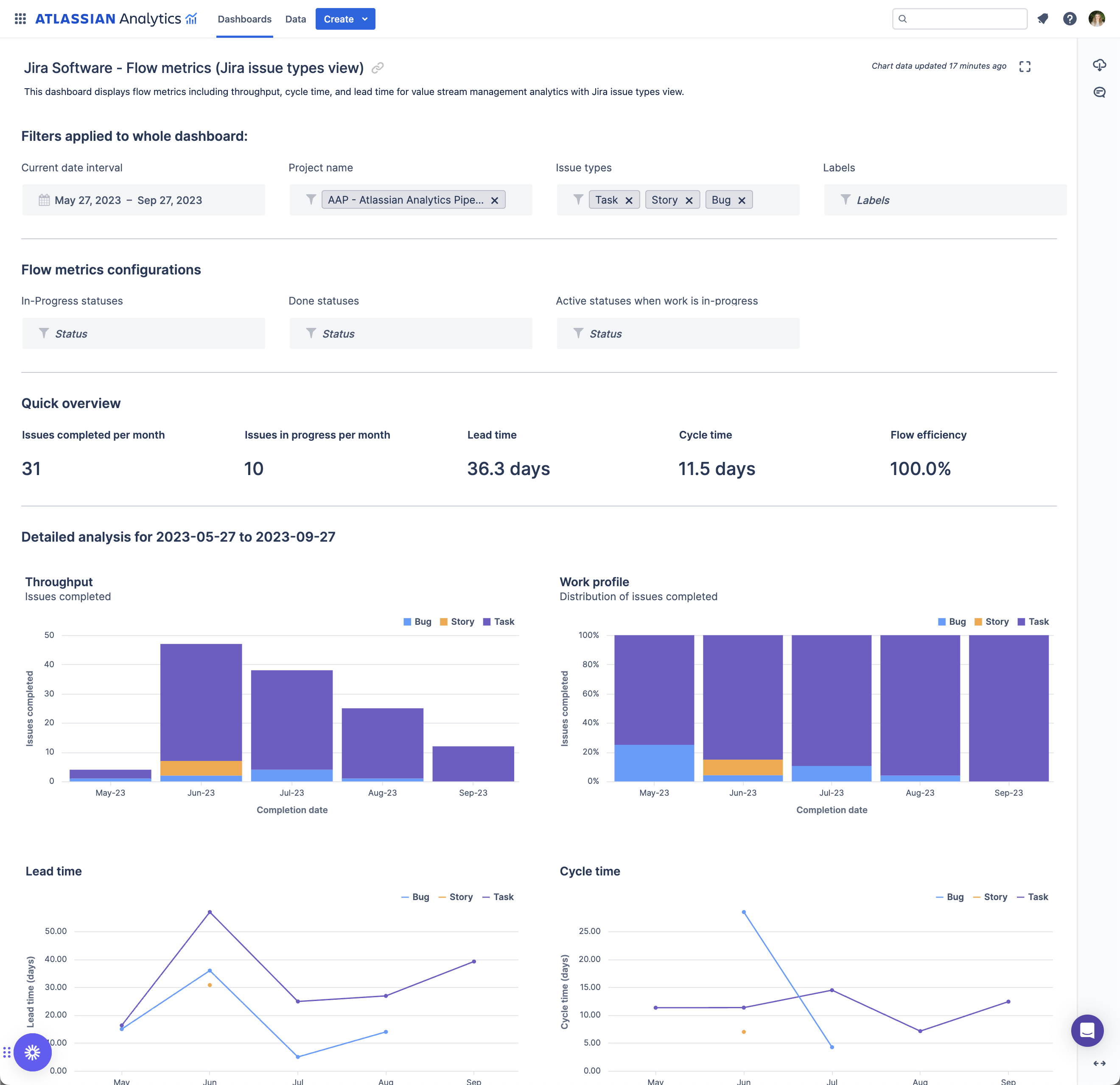Organizations need to measure their value stream effectively, but once they do, they usually expand upon that adoption, according to Chris Condo, principal analyst with Forrester Research at the VSMcon 2022 talk “Forrester’s View of VSM 2022.”
One of the best ways to get started with value stream management is to build a value stream map. It’s a tangible way to understand a business’s process and to see how interconnected all of the different teams are.
“That’s really an important aspect of value stream management, the idea that in business starts with an idea, but then it goes through a lot of different phases, a lot of different teams to actually deliver the value and realize the value. And the idea behind value management is really to try to create that in a holistic kind of view,” Condo said.
Condo said it’s also important to distinguish between VSM and DevOps; they’re very different things that can be combined into a single solution. Value stream management should be thought of as an overlay on top of one’s Agile and DevOps toolchain.
“With value stream management, the whole idea is you’re plugging into those DevOps tools. And this is only for software delivery. If you have other kinds of value you’re delivering, maybe it’s a legal document, or maybe you’re trying to generate an idea, your process will be different. And maybe the tools will be different,” Condo said.
People that manage the value stream need to have analysis tools that show what’s going on and let people look into their data, and planning tools such as JIRA or VersionOne or Azure. Then one needs to manage how they operate their software, whether it’s in the cloud or from one’s own data center, or both.
“The idea is you plug into those things, you grab data off, you understand how the value flows through these different processes, you can get some analytics to understand how to improve my process. But when you have all this data coming into a sort of common data model that can normalize the data and understand how an idea gets transformed into a plan gets transformed into code that’s built to transform into code that’s running,” Condo said.
Once those transformations are visible, teams can apply some interesting analytics to it with value stream tools. For example, with DORA metrics teams can see the frequency of their releases, what’s the cadence, and how long it takes to get something from the beginning of the pipeline to the end.
Other key findings from Forrester were that DORA Metrics have become a catalyst that reinforce DevOps transformation principles and Flow Metrics can help teams re-calibrate their priorities towards delivering more value.
To learn more watch Condo’s talk at VSMcon 2022, available now.








